Disaster search and rescue has always been an important application area for drones and robots. Japan is a country with advanced robot technology and frequent earthquake and tsunami disasters. Recently, researchers from Osaka University, Kobe University, Tohoku University, Tokyo University and Tokyo Institute of Technology have developed a construction robot for disaster search and rescue. It can improve operability and mobility completely compared to traditional construction machinery.

Construction robot prototype (image from: Osaka University)
Exterior:
sketch:

Conceptual sketch of the construction robot (Image courtesy of Osaka University)
When conducting an experiment:

A snapshot of the vertical push experiment on the experimental platform of Kobe University (Image courtesy of Osaka University)
Analysis of key technical points
This type of disaster search and rescue building robot, and the key technologies used in it, are designed to address the challenges of traditional construction machinery in disaster environments. Below, let's talk about several representative basic technologies of the robot:
Fine-tune the position and speed, control the pressure of the high-speed cylinder to reach the target value, and quickly and stably control the large inertia machine.
The hydraulic pressure of each hydraulic cylinder is evaluated to measure the external load of a multi-degree of freedom (DOF) hydraulic transmission robot. In order to remotely search and rescue robots, the strength is evaluated for strength control or force feedback.
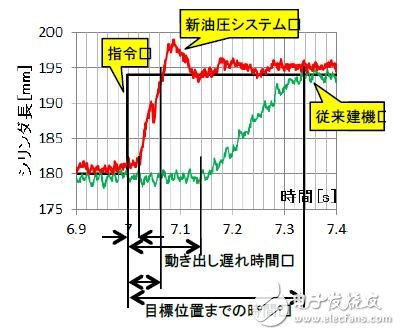
Dynamic response diagram of a robot arm robot using a new hydraulic control system (Photo: Osaka University)
The high-frequency vibration is measured by the force sensor mounted on the robot's distal actuator, and the tactile vibration is fed back to the operator.
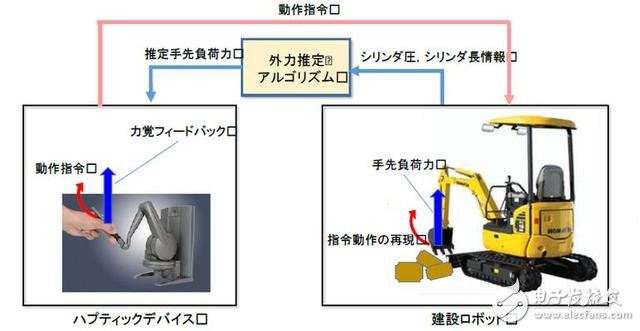
Dynamic feedback system (Image courtesy of Osaka University)
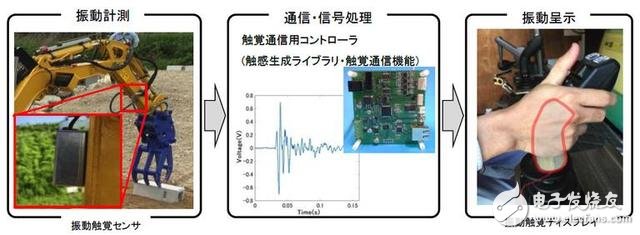
Example of a tactile information transmission system using vibration (Source: Osaka University)
Image information is acquired by a multi-rotor aircraft (unmanned aerial vehicle) at a location selected by the Feida operator. The apron through the power line and power feedback allows the drone to fly long distances and accurately land.
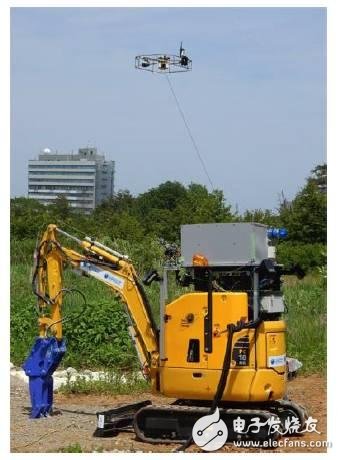
Drones caught by the line (Image courtesy of Osaka University)
Four fisheye cameras are installed on the drone, allowing you to view the top view of any place in real time and evaluate the environment around the robot.

Real-time visualization of architectural robots from any perspective (Image courtesy of Osaka University)
The robot uses a near-infrared camera to observe long-wave light. Therefore, the operator can operate the robot to evaluate the environment even in bad weather conditions such as fog or hail.
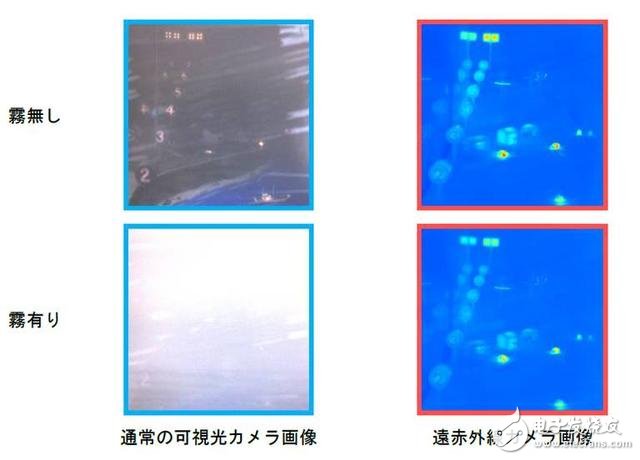
Normal visible camera and long-wave infrared (LWIR) camera contrast in clear and foggy environments. (Image courtesy of Osaka University)
Future prospects
At the same time, the researchers conducted verification experiments at representative disaster sites, and the current functions have been verified to some extent. In addition to the several technologies mentioned above, the research team is also developing several other key technologies to improve technical performance. They are also developing new robots with dual rotation mechanisms and dual arms for higher operability and terrain adaptability.
Vacuum Cleaner Bldc Dry-Wet Motor
Vacuum Cleaner Bldc Dry-Wet Motor,Dry Vacuum Cleaner Bldc Motor,Electric Dc Vacuum Cleaner Motor,Vacuum Cleaner For With Brushless Motor
Zhoushan Chenguang Electric Appliance Co., Ltd. , https://www.vacuum-cleaner-motors.com